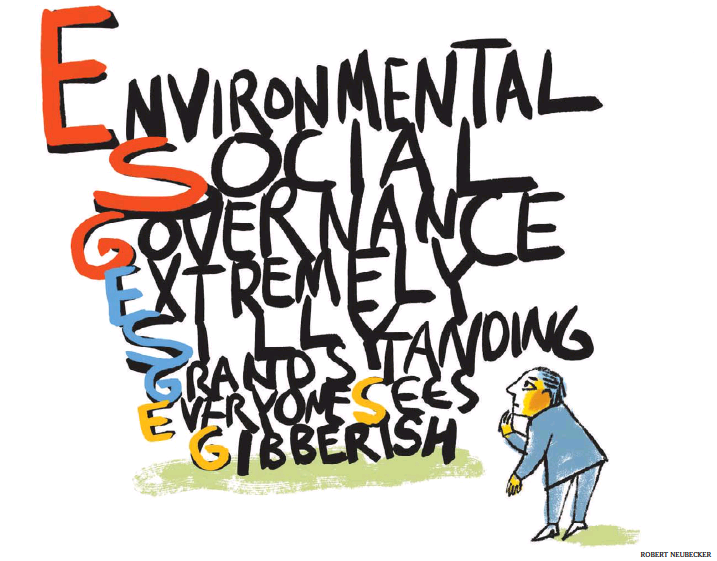(p. A1) Capella Space, a San Francisco-based start-up, is building a fleet of small, inexpensive satellites that can track enemy troops as they move at night, or under cloud cover that traditional optical satellites cannot see through.
Fortem Technologies, a small aerospace company in Utah, wants to supply the Pentagon with a new type of unmanned aircraft that can disable enemy drones.
HawkEye 360, a Virginia-based firm, has used private equity funds to launch its own satellites that use radio waves emitted by communications equipment and other electronic devices to detect the presence of enemy troop concentrations.
Each of these systems is getting real-world testing in the war in Ukraine, earning praise from top government officials there and validating investors who have been pouring money into the field.
But they are facing a stiff challenge on another field of battle: the Pentagon’s slow-moving, risk-averse military procurement bureaucracy.
When it comes to drones, satellites, artificial intelligence and other fields, start-up companies frequently offer the Pentagon cheaper, faster and more flexible options than the weapons systems produced by the handful of giant contractors the Pentagon normally relies on.
But while the military has provided small grants and short-term contracts to many start-ups, those agreements often expire too quickly and are not large enough for young companies to meet their payrolls — or grow as rapidly as their venture capital investors expect. Several have been forced to lay people off, delaying progress on new technologies and war-fighting tools.
. . .
(p. A8) From the early months of the war, SpaceX’s Starlink, the Elon Musk-founded satellite internet service, had played a critical role for frontline Ukrainian troops. But small drones and a denser collection of satellites are also helping to provide the capacity for pervasive surveillance, allowing Ukraine to identify and track threats and targets constantly.
A new generation of cheaper and more precise attack drones carrying bombs can loiter in the air autonomously until they find their targets. Artificial intelligence-backed computer systems can fuse this collected data and other feeds to make targeting decisions, faster than any human.
The Ukrainians have also innovated a great deal themselves, impressing Pentagon officials as they have converted commercial drones, for example, into mini bombers.
Taken together, said Thomas X. Hammes, who studies war-fighting history at the Pentagon-backed National Defense University, the developments represent a “genuine military revolution,” and one that is happening much more quickly than the shift from infantry that traveled by foot in World War I to the motorized and mechanized armies of World War II.
. . .
(p. A9) Perhaps the most revolutionary use of American technology in Ukraine has been the application of software that uses artificial intelligence, made by Palantir, to help with targeting efforts. The company’s chief executive, Alex Karp, traveled to Ukraine last year to meet with President Volodymyr Zelensky.
“If you go into battle with old school technology,” Mr. Karp said this year at an event to discuss artificial intelligence tools in warfare, “and you have an adversary that knows how to install and implement digitalized targeting in A.I., you obviously are at a massive disadvantage.”
Some experts say that artificial intelligence, which has been used in Ukraine to help sift through the massive loads of data being accumulated from surveillance, will ultimately prove as disruptive to the nature of war-fighting as nuclear weapons.
. . .
For Primer, the small artificial-intelligence firm based in downtown San Francisco, it was a breakthrough moment.
Not long after the war in Ukraine started, its engineers, working with Western allies, tapped into a tidal wave of intercepted Russian radio communications. It used advanced software to clean up the crackly sound, automatically translated the conversations, and most importantly, isolated moments when Russian soldiers in Ukraine were discussing weapons systems, locations and other tactically important information.
This same work would have taken hundreds of intelligence analysts to identify the few relevant clues in the mass of radio traffic. Now it was happening in a matter of minutes.
The findings were quickly matched up with other so-called open source intelligence streams, like geolocation data pulled from social media accounts, giving updates on the location of troops or equipment, that could be matched with surveillance video from drones or images from satellites.
“It’s getting situational awareness,” said Sean Gourley, the founder of Primer.
Yet at the same time, the Pentagon was still deciding when to move ahead with major purchases of its technology. The company was burning through its cash reserves too quickly, so Mr. Gourley laid off engineers and other staff members.
“These engineers are great at creating solutions to solve these problems, which is what matters,” Mr. Gourley said. “But there is the uncertainty: When is this contract going to close? It’s very, very hard to justify that spend.”
Mr. Gourley said he decided instead to invest more money in a government relations push, hiring a former top aide to the Senate Armed Services Committee to help the company promote its business in Washington.
“The big defense companies, they don’t really kind of invest in the tech,” he said. “They just invest in how to navigate this bureaucracy. That kind of sucks, but that’s how you’ve got to play this game.”
In interviews, nearly a dozen top executives of technology-oriented companies shared stories of stalled efforts or frustration.
(Note: the online version of the story has the date May 21, 2023, and has the title “Start-Ups Bring Silicon Valley Ethos to a Lumbering Military-Industrial Complex.”)


